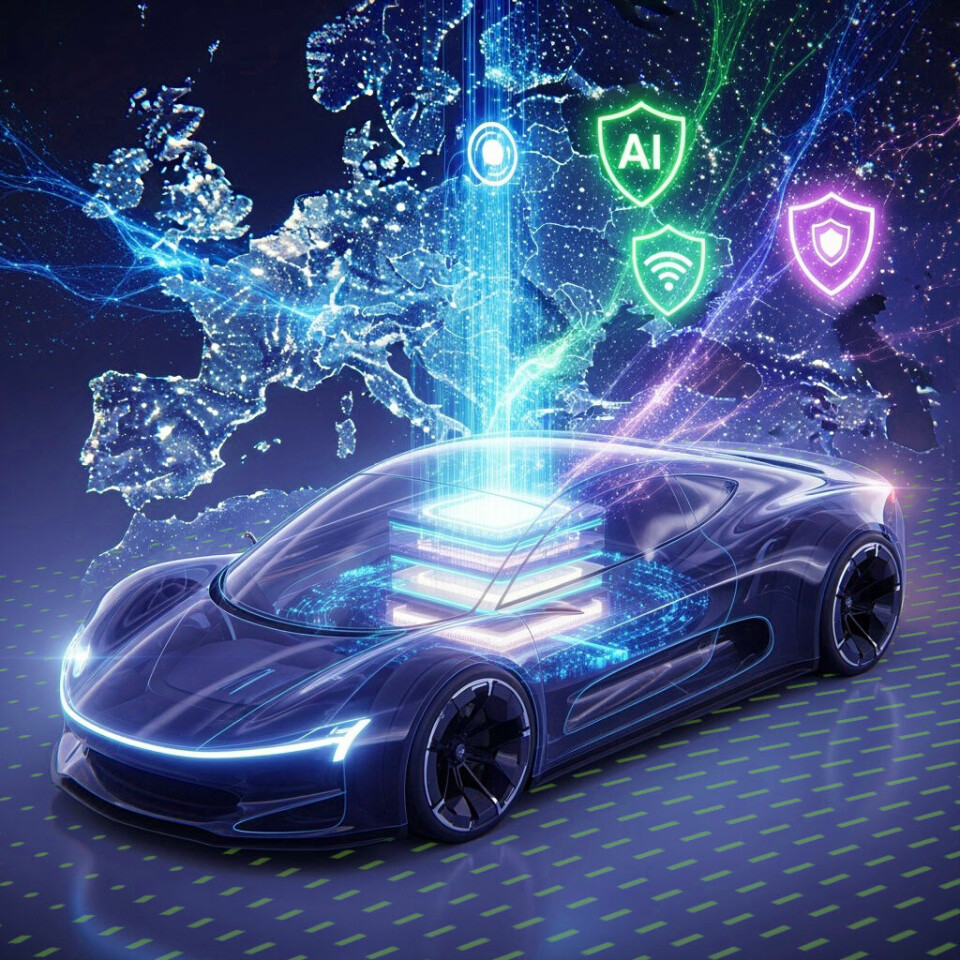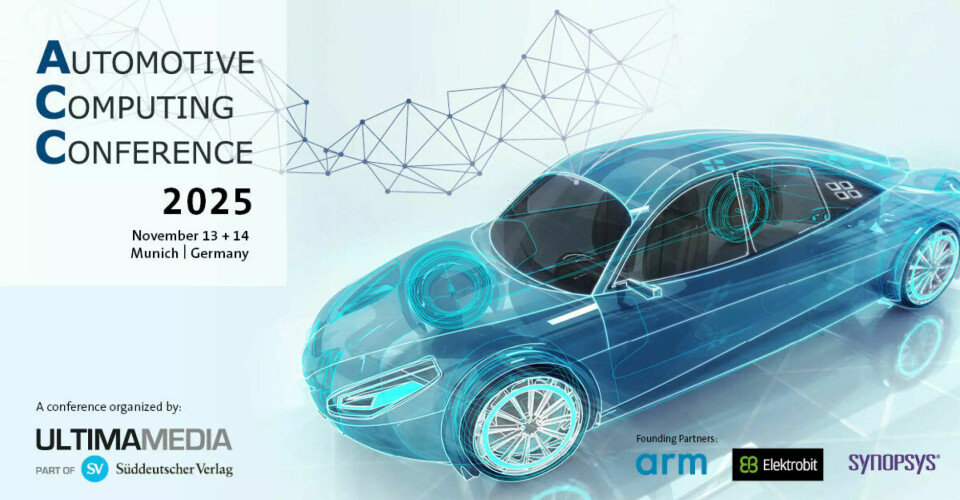Software Defined Vehicles
Data-Driven Vehicle Architecture in Transition
KPIT Enables Centralized and Scalable Solutions for Next-Generation Mobility

The shift toward software-defined vehicles is transforming traditional architectures into centralized, scalable systems that emphasize safety and efficient data handling.
To manage the growing complexity of vehicle data and software integration, KPIT is developing solutions that combine centralized computing, modular software platforms, and advanced safety mechanisms.
In an interview with AUTOMOBIL-ELEKTRONIK, Joint Managing Director, Co-Founder & Board Member Sachin Tikekar and CTO – AI Gaurav Kakati highlighted Europe’s regulatory framework as a global benchmark for innovation.

Tikekar noted: “The automotive industry is entering a phase where data is the new raw material.” Modern vehicles generate terabytes of data daily, challenging traditional distributed architectures.
KPIT’s approach focuses on zonal and centralized designs, enabling data processing closer to the source. Middleware solutions ensure seamless integration of diverse software components. These strategic steps aim to reduce total cost of ownership, accelerate development cycles, and prepare the industry for future mobility.
Why is safety a central focus for KPIT?
The Automotive Reference Architecture defines the vehicle not as a digital comfort zone but as a safety-critical cyber-physical system. CTO-AI Gaurav Kakati puts it this way: “We don’t see the car as a phone—it’s a cyber-physical safety system, and its software must reflect that.”

This means that safety-critical software functions remain strictly separated from less critical applications. This separation allows modular updates without compromising existing certifications. The concept also serves as a foundation for software reuse without sacrificing system integrity.
What regional differences influence implementation?
While the platform strategy is global, implementation varies. Europe, with regulations such as the General Safety Regulation, sets strict standards, making the continent a proving ground for technical direction. Tikekar explains: “Europe serves as our toughest benchmark because safety here is non-negotiable.”
Other regions have different priorities: North America emphasizes innovation speed, while Asia focuses on scalability and cost. KPIT’s platform architecture is designed to flexibly meet these regional requirements.
How does KPIT address the need for trustworthy AI?
The EU AI Act classifies mobility applications as high-risk, which Kakati does not see as a limitation but as an opportunity: “We don’t view this as a hurdle but as a chance to build trustworthy AI ecosystems.”
This approach is reflected in the system architecture: Explainable AI makes algorithmic decisions transparent, while digital twins enable continuous monitoring of AI models. Responsibility always remains with humans through human-in-the-loop controls.
How is the transition from testing to production achieved?
Many AI initiatives in the mobility sector fail to move from concept to production. KPIT emphasizes that it has achieved this transition through strategic scaling. Kakati describes the process as systematically orchestrated: “This shift—from PoCs to scalable deployment—underscores our belief that AI in mobility must be measurable, certifiable, and production-ready.”
Generative AI models are used to create synthetic test data, and simulation environments replicate real-world test kilometers virtually. These measures aim to accelerate validation and certification while enhancing safety.
Why are functional safety and cybersecurity inseparable?
With increasing connectivity, the importance of deeply embedded cybersecurity strategies grows. KPIT follows the principle of Security by Design, integrating threat analysis during the development phase. Tikekar summarizes: “Domain knowledge alone is no longer enough—cybersecurity must be built into the architecture.” Security mechanisms include resilient system architectures with redundancy, AI-based anomaly detection, and OTA-capable update structures. Partnerships with specialized security providers ensure continuous protection throughout the entire lifecycle.

